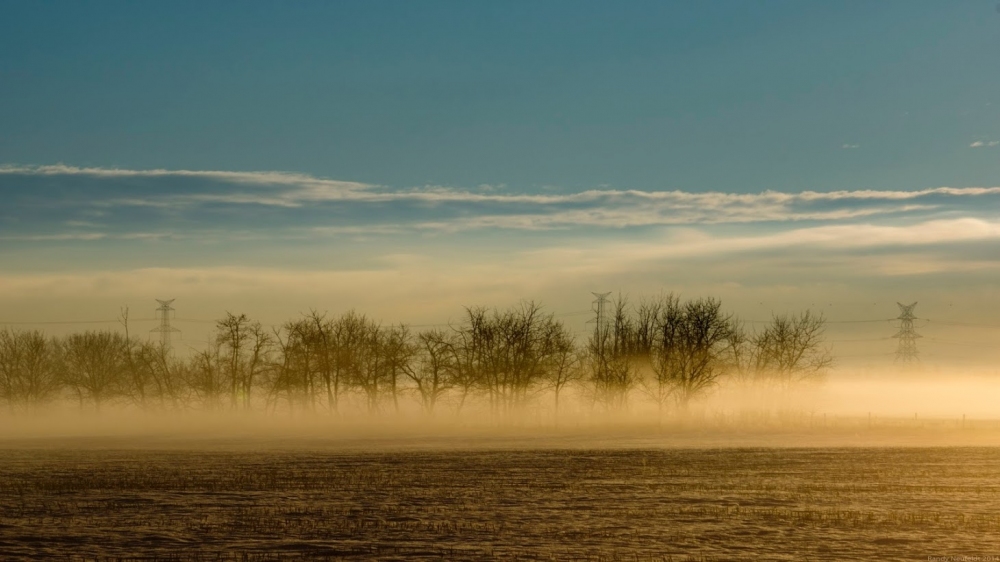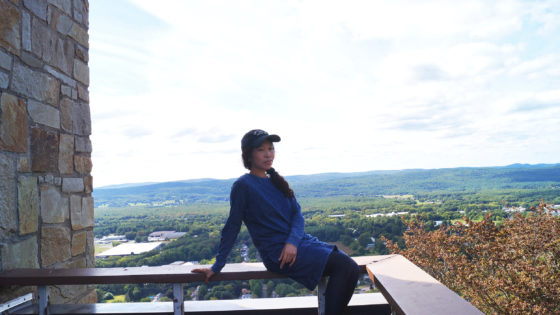-
Comment November 10, 2020
-
Respect each other and refrain from disputes
2 November 10, 2020You should respect each other and refrain from disputes; you should not, like water and oil, repel each other, but should, like milk and water, mingle together. — Buddha
-
Joy and sadness
25 November 10, 2020The walls we build around us to keep out the sadness also keep out the joy. ~Jim Rohn

-
Don’t take anything personally
Comment November 10, 2020 -
Calm your mind
Comment November 9, 2020To calm the mind means to find the right balance. If you try to force your mind too much it goes too far; if you don’t try enough it doesn’t get there, it misses the point of balance.
Normally the mind isn’t still, it’s moving all the time. We must strengthen the mind. Making the mind strong and making the body strong are not the same. To make the body strong we have to exercise it, to push it, in order to make it strong, but to make the mind strong means to make it peaceful, not to go thinking of this and that. For most of us the mind has never been peaceful, it has never had the energy of samādhi2, so we must establish it within a boundary. We sit in meditation, staying with the ‘one who knows’.
If we force our breath to be too long or too short, we’re not balanced, the mind won’t become peaceful. It’s like when we first start to use a pedal sewing machine. At first we just practise pedalling the machine to get our coordination right, before we actually sew anything. Following the breath is similar. We don’t get concerned over how long or short, weak or strong it is, we just note it. We simply let it be, following the natural breathing. —Ajahn Chah
-
Sugarloaf Mountain in Massachusetts offers amazing views of the Connecticut River Valley
Comment November 9, 2020Summit road open mid-May through mid-October. The summit of Mt. Sugarloaf offers amazing views of the Connecticut River Valley. The park is great for picnics, hiking, and mountain biking.
Sugarloaf Mountain or Mount Sugarloaf, is a butte-like mountain located in South Deerfield, Massachusetts, United States, with two summits, North Sugarloaf Mountain 791 ft (241 m) and its more popular knee, South Sugarloaf Mountain 652 ft (199 m). Its cliffs, made of arkose sandstone, are a very prominent landscape feature visible for miles. Despite low elevations relative to the Berkshire Mountains to the west, dramatic cliff faces and a rise of 500 feet (150 m) to 600 feet (180 m) from the nearby Connecticut River make the mountain a popular tourist and hiking destination. Sugarloaf Mountain is the southern terminus of the Pocumtuck Range.
Origin of the name
The name sugarloaf refers to the loaf-like shape that sugar was once molded into for shipment. The names Sugarloaf Mountain and Mount Sugarloaf are both used to describe this mountain. USGS sources and published hiking maps refer to (North and South) Sugarloaf Mountain. However, the Massachusetts state reservation encompassing them is called the Mount Sugarloaf State Reservation. The name Mount Sugarloaf is sometimes used to describe only the south summit,[1] and the north summit is sometimes described as the Pocumtuck Ridge. Both names are used locally.
The original Native American name for the mountain is Wequamps (or Wequomps). The root wehqu- in this name or weckw- in Weckwannuck “Sugarloaf Brook” means “at the point of or extremity of” and occurs in placenames indicating a stopping point. According to Native American myth, Sugarloaf Mountain is the carcass of a human-eating giant beaver who lived in a lake now occupied by the Connecticut River. The people complained to the god Hobomok that the beaver was greedy, and consuming all their resources. In response Hobomok decided to kill the beaver with a club he fashioned from a large tree. After the struggle, the beaver died, sank to the bottom of the lake, turned to stone, and became what is now Sugarloaf Mountain. There may be some truth to this tale; 15,000 years ago the Connecticut River from northern Vermont to southern Connecticut was post-glacial Lake Hitchcock. A now extinct species of giant beaver as big as black bears once inhabited North America at about the same time (see Pocumtuck Range for details).
-
The environment and the economy
Comment November 9, 2020The environment and the economy are really both two sides of the same coin. If we cannot sustain the environment, we cannot sustain ourselves. You cannot protect the environment unless you empower people, you inform them, and you help them understand that these resources are their own, that they must protect them. — Wangari Maathai
Natural environment
The natural environment encompasses all living and non-living things occurring naturally, meaning in this case not artificial. The term is most often applied to the Earth or some parts of Earth. This environment encompasses the interaction of all living species, climate, weather and natural resources that affect human survival and economic activity. The concept of the natural environment can be distinguished as components:
- Complete ecological units that function as natural systems without massive civilized human intervention, including all vegetation, microorganisms, soil, rocks, atmosphere, and natural phenomena that occur within their boundaries and their nature.
- Universal natural resources and physical phenomena that lack clear-cut boundaries, such as air, water, and climate, as well as energy, radiation, electric charge, and magnetism, not originating from civilized human actions.
In contrast to the natural environment is the built environment. In such areas where humans have fundamentally transformed landscapes such as urban settings and agricultural land conversion, the natural environment is greatly changed into a simplified human environment. Even acts which seem less extreme, such as building a mud hut or a photovoltaic system in the desert, the modified environment becomes an artificial one. Though many animals build things to provide a better environment for themselves, they are not human , hence beaver dams, and the works of mound-building termites, are thought of as natural.
People seldom find absolutely natural environments on Earth, and naturalness usually varies in a continuum, from 100% natural in one extreme to 0% natural in the other. More precisely, we can consider the different aspects or components of an environment, and see that their degree of naturalness is not uniform. If, for instance, in an agricultural field, the mineralogic composition and the structure of its soil are similar to those of an undisturbed forest soil, but the structure is quite different.
Source: Wikipedia








